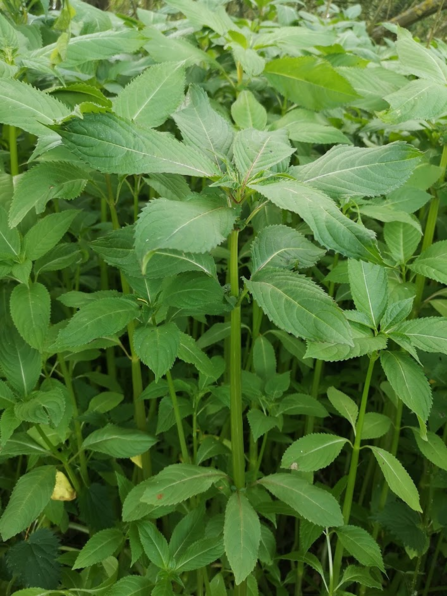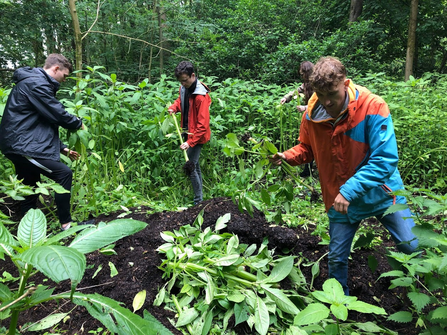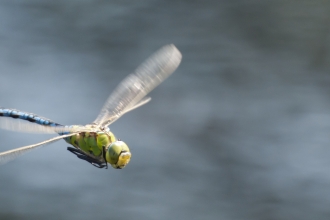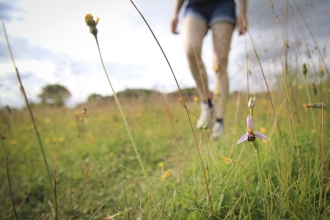When I say Himalayan balsam, some people will say “Hima-what?”. Others will say “Oh that’s such a pretty flower, isn’t it?” to which my response is usually a monologue about how bad the plant is for our environment and biodiversity, and how we can rally together as a community to reduce it and protect our native species.
Himalayan balsam is a plant that is native, as the name suggests, to the foothills of the Himalayas in Asia. Its beautiful pink flowers led Victorian plant hunters to take some and introduce it to British gardens back in 1839. Since then, a number of factors have led to Himalayan balsam establishing itself as one of the most invasive plants in Britain, outcompeting a range of valuable native species and harming habitats for our birds, insects and mammals.
One of these factors is that each plant produces up to 800 seeds as it flowers multiple times throughout the summer! Many of you will be familiar with the seed pods that explode when you touch them, allowing them to spread far and wide. You may have even, like me when I was young and inquisitive, enjoyed popping them when you saw them. The seeds are also very durable as they can be transported by the rivers they grow alongside. With them being made to survive freezing winters and monsoon summers in the Himalayas, they have no trouble surviving our winters and germinating in our summers.





